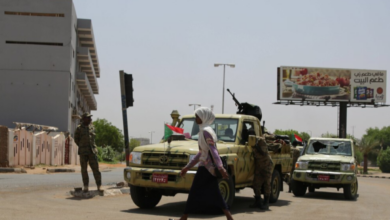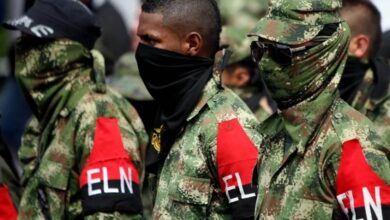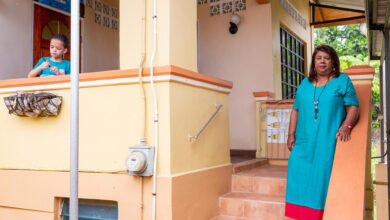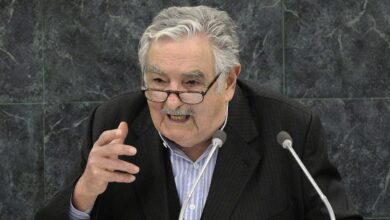Latin America’s Children Face a Climate-Driven Poverty Surge Without Urgent Action
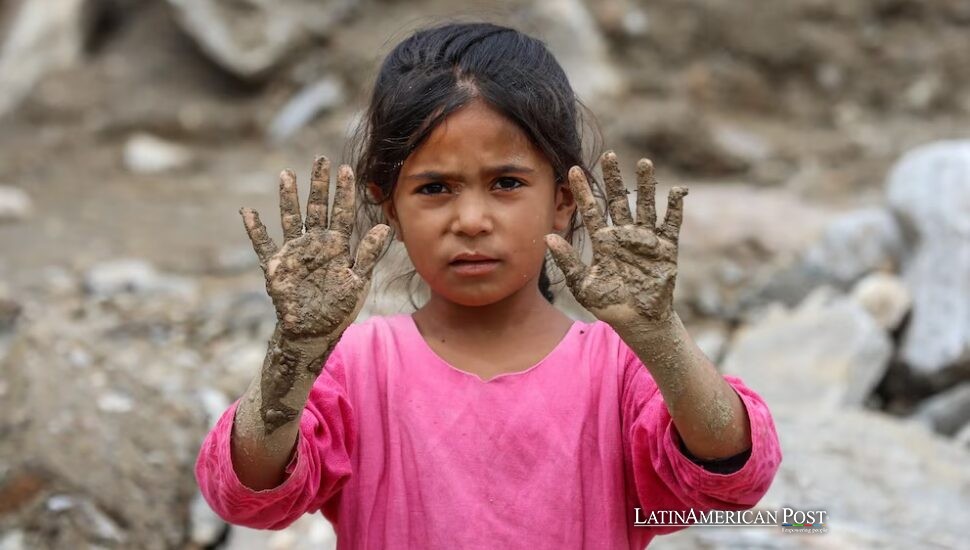
A new United Nations report warns that climate change could push between 5.9 million and 27 million more children and young people in Latin America into poverty by 2030. The difference depends on whether governments act quickly—and whether financing protects the services children rely on most.
A countdown to 2030
By the end of this decade, the region’s climate balance will not be counted only in droughts, floods, and degrees of heat, but in school meals skipped, vaccines spoiled, and futures erased. The UN analysis—produced jointly by UNICEF and the UNUN Economic Commission for Latin America and the Caribbean—lays out a simple yet devastating equation: as temperatures rise and extreme events intensify, poverty among those under 25 is expected to grow.
The causal chain is merciless. Heat waves and prolonged droughts destroy crops and jobs, shrink incomes, and drive up food and water prices. Families are forced into impossible choices between medicine, meals, and tuition. Homes without cooling or clean water become dangerous for infants whose bodies cannot regulate heat or resist dehydration.
The warning lands in a region already scarred by inequality. Climate shocks hit unevenly—wealthier families can absorb losses while the poor are shoved deeper into hardship. Without fast, targeted action, climate stress will not just widen gaps; it will cement them into a new and harsher normal. The message is blunt: the climate crisis is a child-rights crisis, and Latin America’s youngest are on the front line. Three futures, three vastly different outcomes
The UN report sketches three possible trajectories.
In the most hopeful path—rapid action that slashes emissions and directs resources into child-resilient services—at least 5.9 million more children and young people will still fall into poverty by 2030, a 7.3% increase compared to a world without climate change. That is the “good” outcome: painful, but bounded.
If governments act slowly or half-heartedly, the toll triples. As many as 17.9 million additional children could be impoverished by 2030. And in the bleakest scenario—too little, too late—more than 27 million young people would be driven into poverty, nearly a 35% surge.
The difference between 5.9 and 27 million is the difference between a region that treats climate action as a social necessity and one that lets its children pay for every delay.
Numbers alone can feel distant. The report grounds them in daily life. A heat wave is not just weather—it’s a missed paycheck for a parent with an outdoor job, a spoiled vaccine in a powerless clinic, or a classroom too hot to hold students past noon. Drought is not just low rainfall—it’s a failed harvest that wipes out a family’s income and a child’s only source of nutrients. For the very young, especially in the first 1,000 days of life, these shocks accumulate into lifelong harm.
How climate finance is failing the youngest
For a crisis that targets children so precisely, the funding is alarmingly misaligned. Only 3.4% of multilateral climate finance in Latin America is allocated to addressing children’s needs. That leaves health clinics without backup power during heatwaves, water systems unprepared for longer dry spells, and schools without the necessary materials or infrastructure to keep learning safe in a harsher climate.
Children bear the brunt because their bodies are more vulnerable to extreme heat and storms, and because interruptions to family income or schooling ripple through their physical and cognitive development. Yet, most climate finance still favors “hard” infrastructure projects—such as dams, grids, and highways—over the “soft” systems that actually protect children, including primary health care, nutrition programs, resilient water services, and early education.
This isn’t charity; it’s strategy. A clinic with cooling protects vaccines and newborns. A drought-proof water system prevents diarrheal disease, which keeps children out of school. School feeding programs and classrooms built to withstand heat keep learning on track even as parents lose hours of work. These are climate policies—just ones designed around children’s realities.
What a child-first climate plan looks like
The UN blueprint is explicit. First, harden the social backbone. Health, nutrition, education, and water services must be made climate-resilient. That means reliable power for clinics and maternity wards, early-warning systems for heat and air quality, drought-resistant water storage, and schools retrofitted to stay safe in extreme heat.
Second, expand adaptive social protection. Cash transfers that can scale during climate shocks, targeted nutrition during lean seasons, and tuition waivers that keep children in school when family income collapses.
Third, invest in climate education and youth empowerment. Children and adolescents must understand the risks, advocate for their communities, and gain skills for a labor market reshaped by the green transition.
Finally, align climate finance with child-centered priorities. Governments and development banks should earmark a larger share of funds for child-resilient systems and screen every major climate project for its impact on children’s health, learning, and safety. Codifying that focus into national budgets and climate plans can shield it from political cycles.
Latin America now faces a stark but not hopeless choice. It can allow climate shocks to push millions more children into poverty, or it can treat every peso invested in child-resilient services as climate action that pays dividends for decades. The projections are not destiny—they are a deadline.
Also Read: Haiti Families Risk Homecomings as Gangs Pull Back
What happens between now and 2030 will decide whether the next generation grows up in a hotter but livable region or whether poverty becomes the inheritance of millions. The future will be measured not only in tons of carbon avoided, but in children who can still learn, grow, and thrive despite the heat.

